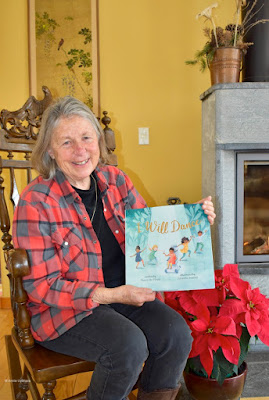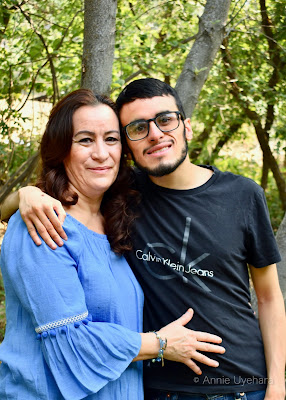Rae Henson, photo provided
When Movies Speak
By Annie Uyehara
There was a
poignant moment for Rae Henson in the movie, “CODA,” when the father asks his
daughter to sing for him. He’s deaf and she can hear. He puts his hand to her
throat so he can feel the vibrations of her voice.
“I have two CODA
daughters,” explains Henson, who teaches deaf and hard of hearing children and
is deaf herself. “One of my daughters sings and I’d say to her, will you sing
for me, too?” Her daughters can hear, which makes them both CODA, which is an
acronym for Children Of Deaf Adults. “So I could really relate to that scene in
the movie.”
The movie, “CODA”, made history for the deaf community by
winning three Academy Awards this year, including Best Supporting Actor by deaf actor Troy
Kotsur and Best Picture of the Year.
“When ‘CODA’ won
Best Picture, I was crying,” recalls Henson. “It was just a joy! It’s the first
time that’s happened and it’s a big open door for deaf actors and writers as
well as to educate the hearing culture that no matter what disability you have,
you can achieve anything you want. We don’t consider deafness a disability, but
society does.”
Henson was born
deaf and speaks, signs, and read lips. As she says, she was born into the deaf
culture. “We have nothing cognitively wrong with us, we have only a deaf issue,
not a deaf issue plus something else. We can function very well. The hearing
culture is normal and the deaf culture is normal.”
Yet living as a
deaf person in a hearing world is a challenge for some. “I feel very confident
and have a lot of friends in the deaf world, but when I’m in the hearing world
by myself, I can feel lost and I tend to isolate and retreat,” says Henson.
The movie “CODA”
deals with this, when the parents depend on their hearing daughter to interpret
for them. Henson believes this is an emotional burden. “CODAs get too
emotionally involved in adult situations and that’s not appropriate. Deaf
people need, and are required by law up to the age of 18, to have an
interpreter.” She adds that the CODAs she knows feel like the movie gives them a
voice to be understood.
Communication and connection, then, is the bridge that
can close the gap between the deaf and hearing worlds.
“I married a hearing man,” Henson
says. “People in the deaf culture were telling me not to do that. But I told
them, it will work as long as there is respect and communication.”




Comments
Post a Comment